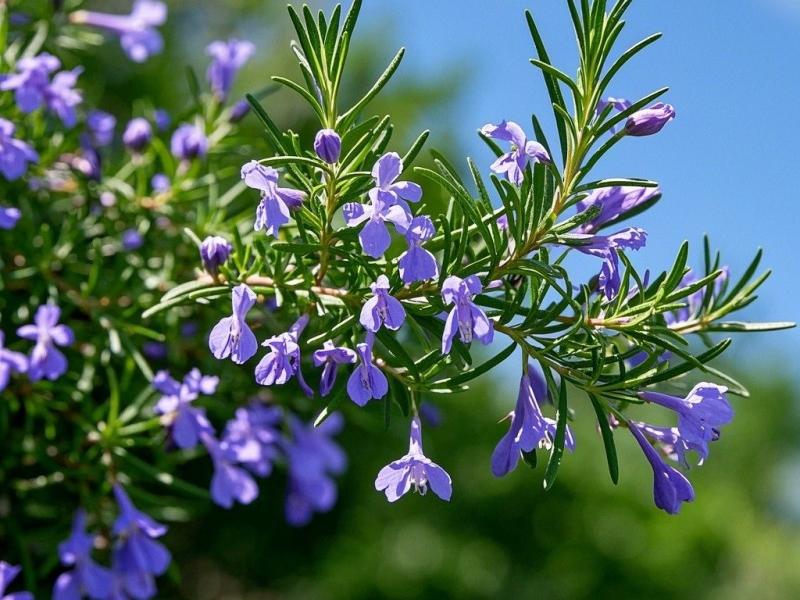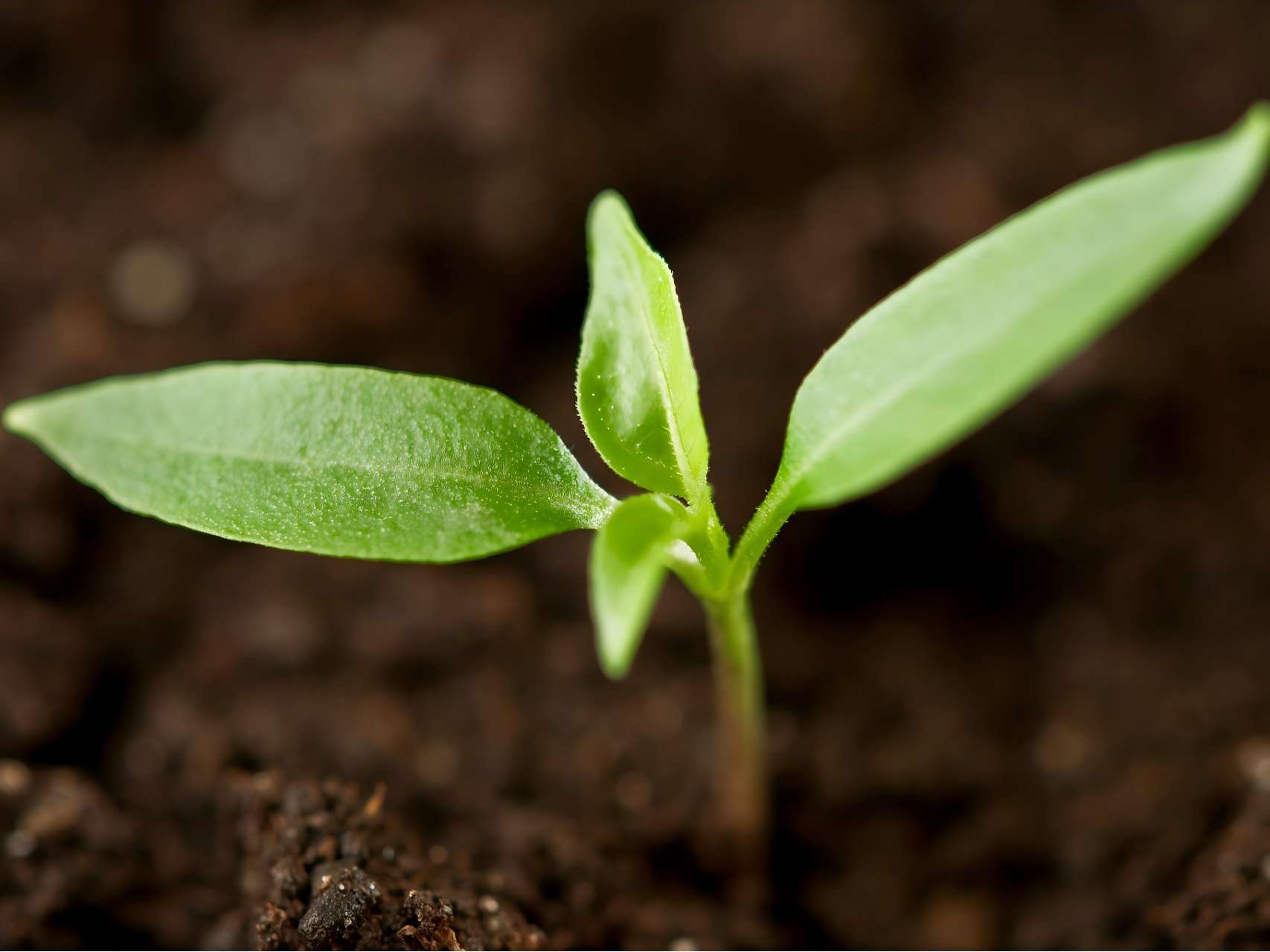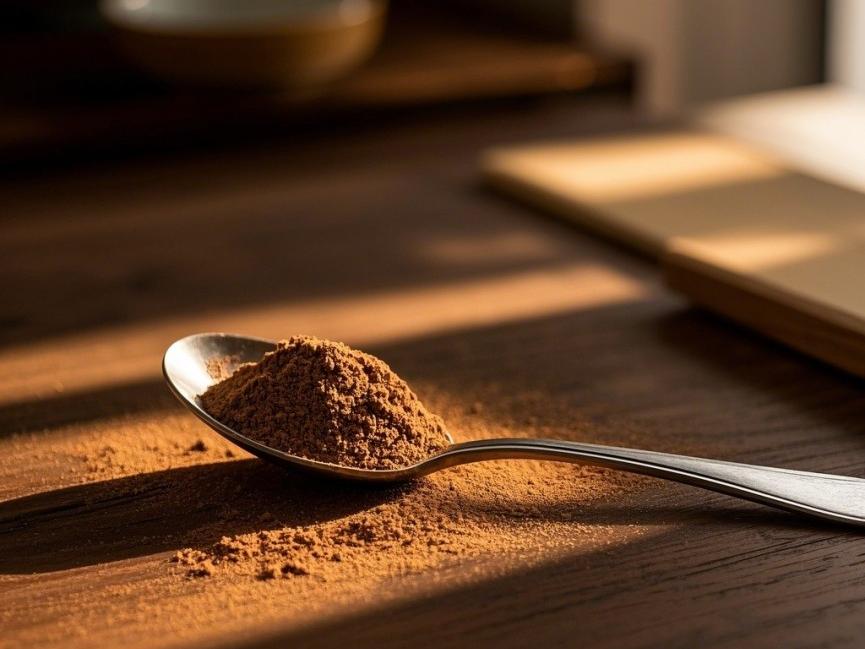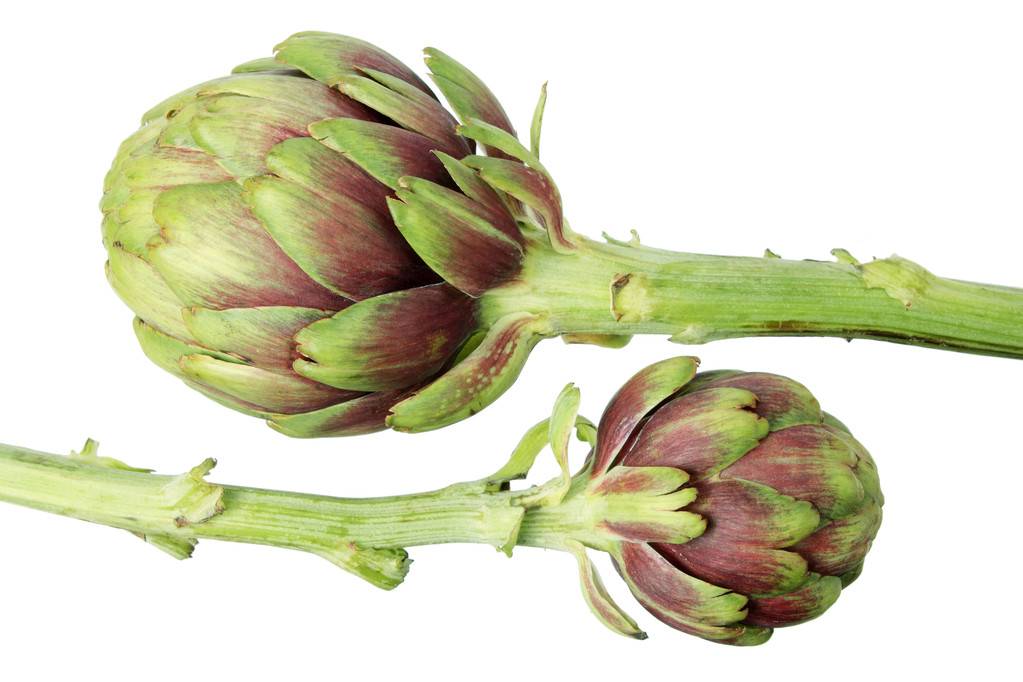Study on Artichoke Health Benefits
Artichoke (Cynara scolymus L.), a perennial herb in the Asteraceae family, is also known as the French lily because its buds resemble those of the lily. It was introduced to China from France in the 19th century and has been cultivated in the French concession in Shanghai for more than 100 years. The artichoke was named after the Japanese, who mistakenly called it the Korean artichoke when they introduced it from China via Korea. In fact, the origin of artichokes is on the Mediterranean coast of Europe, and they were already served as court dishes for dignitaries in ancient Rome and Greece.
The main producing areas include Italy, Spain, France, Argentina, the United States, etc. Since the 1980s, Zhejiang, Shandong, Yunnan, Beijing, Hubei, Qinghai and other provinces and cities have successively introduced and cultivated it [1-5]. At present, it is cultivated on a large scale in Yunnan, Zhejiang, Hubei and other provinces. Taiwan, China, successively introduced it from West Germany and the United States in the 1980s, and it has now reached a considerable scale [6].
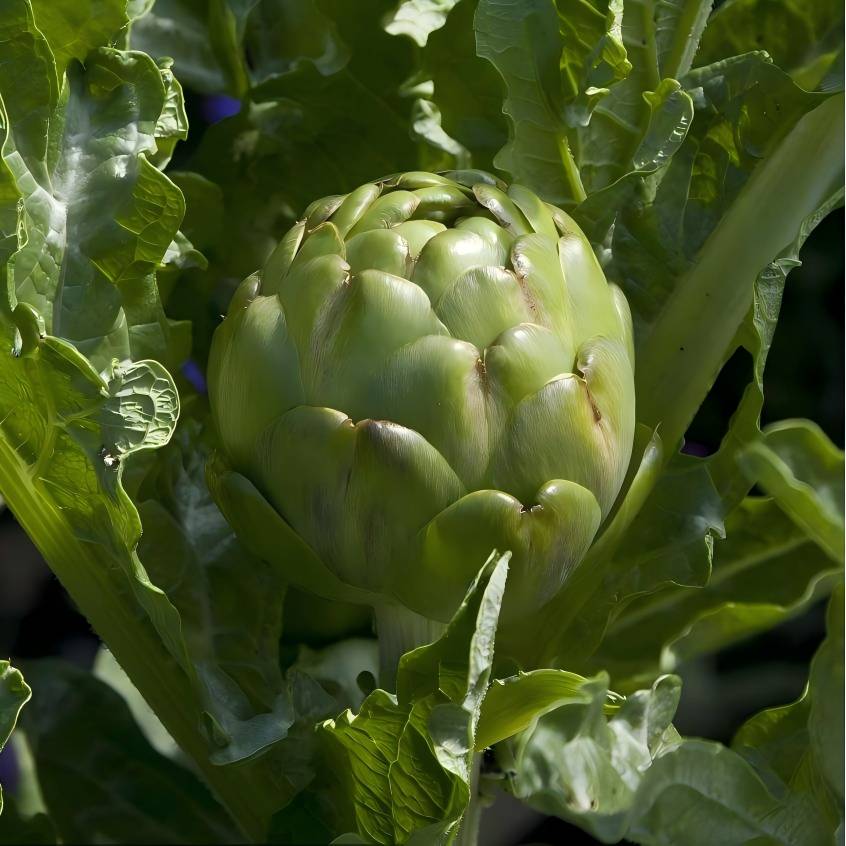
Of the artichokes produced, 80% of the buds are used for fresh consumption and about 20% are used to make canned food. The leaves of the artichoke are used as a medicinal herb to treat indigestion and promote bile secretion. The main edible parts of the artichoke are the receptacle and the fleshy bracts of the unopened buds. The petioles can also be eaten when they soften after cultivation, and the leaves can be used to make “aperitif”. The leaves are rich in functional ingredients such as polyphenols and flavonoids, and can be used as raw materials for medicine and health products. Leaf extracts are used as medicine to prevent and treat insufficient bile secretion and hepatitis. In recent years, research has focused on the active functional ingredients of artichokes, which have antioxidant, hypolipidemic, and anti-hypertensive properties, as well as preventing chronic diseases such as liver disease. Research on the health benefits of artichoke in China is just beginning. Before 2003, research focused on introducing the species for cultivation, and since then research has gradually begun on the extraction and development of functional ingredients [7-8].
1. Characteristics of artichoke
Artichoke is a perennial plant that grows in sunlight, with a growth period of up to 10-15 years. It prefers warm climates, with an optimum growth temperature of 20-25°C. Due to the large climate differences between the northern and southern regions of China, in the south, seeds are sown from July to September, planted in October, and the buds are harvested from April to May the following year; in the north, seeds are sown from March to April, planted from April to May, and harvested from July to August. In the north, the plants need to be covered to keep them warm during the winter. 1 hm2 can be planted with 10,500 to 12,000 plants, and the yield of buds can reach 15,000 to 18,000 kg. The main buds weigh 200 to 250 g, and can weigh more than 300 g. The side buds weigh 50–80 g. As the edible part of the artichoke is the unopened bud, the harvest should be carried out 1–2 d before the flower head opens, otherwise the commercial value will be reduced. For fresh consumption, it is best to harvest the artichokes 13–15 d after they first bud, when the main buds are at their best. If you want to can them, you should harvest them earlier, 50-100 g of buds is suitable. In addition, artichokes can also be cultivated as ornamental plants because of their large, purple flowers with their bright colors. Artichokes have a long flowering period, and their dark green, thick leaves have a large span, so they can be used as flower arranging materials.
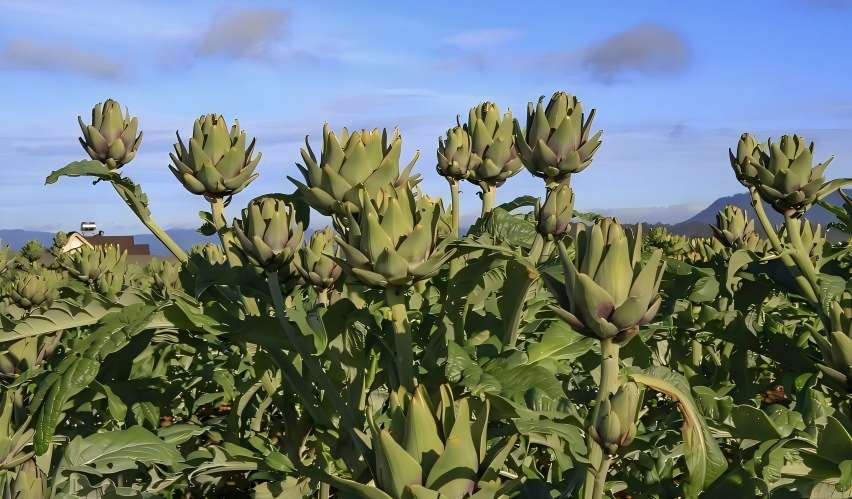
2 Functional compounds contained in artichokes
The edible part of the artichoke flower head contains a variety of nutrients, including high levels of protein, calcium and phosphorus, as well as inulin (which is found in higher levels in the root). Functional compounds such as artichoke acid and chlorogenic acid, as well as polyphenols and flavonoids, are not only found in the flower head, but also in higher levels in the leaves. At present, as many as 45 polyphenolic compounds have been identified in the leaves[9], mainly caffeoylquinic acids and their derivatives, such as chlorogenic acid and articholic acid. The flavonoids contained in artichokes are mainly luteolin 7-O-glucoside and apigenin 7-O-glucoside, but with very little aglycone. Katrin et al. [10] used liquid chromatography-mass spectrometry to qualitatively and quantitatively analyze and measure artichoke, and a total of 22 compounds were separated, including 11 caffeine quinic acid substances and 8 flavonoids. Artichoke acid was found to be the component with the highest content in artichoke juice (Table 1).

3 Nutritional and physiological functions of artichoke
3.1 Treats indigestion
In Europe, artichoke has long been used as a medicinal herb to treat indigestion. Artichoke extract is used to treat digestive tract diseases including abdominal pain, bloating and nausea [16–17]. A trial involving several hundred people conducted by Kraft [18] showed that people with varying degrees of indigestion experienced a reduction in symptoms such as bloating and nausea after taking artichoke extract for 4–6 weeks. Modern medical research has pointed out that the mechanism of artichoke extract in the treatment of indigestion is to promote bile secretion. In a clinical trial, 20 male patients with acute and chronic metabolic disorders were randomly divided into 2 groups. One group was given artichoke extract, and the other was the control group. The results showed that the bile secretion of the artichoke group increased by 127.3% after 30 minutes and 151.5% after 60 minutes, which was a significant difference compared to the control group. This means that artichoke extract can be used to treat digestive disorders and fat malabsorption caused by insufficient bile secretion. No side effects of artichoke extract were observed in the study.
3.2 Lowers blood lipids and prevents atherosclerosis
Numerous studies have shown that artichoke extract can lower blood lipids, mainly by affecting the synthesis and decomposition pathways of cholesterol and lipids in the liver to regulate lipid levels [19-21]. In a double-blind trial, 44 healthy people were randomly divided into two groups. After taking artichoke extract, the cholesterol level of one group decreased significantly compared to the control group. The effect was more pronounced in people with high total cholesterol levels. The beneficial high-density lipoprotein (HDLS) tended to increase, while the harmful low-density lipoprotein (LDLS) oxidation was inhibited, thereby preventing atherosclerosis [18].
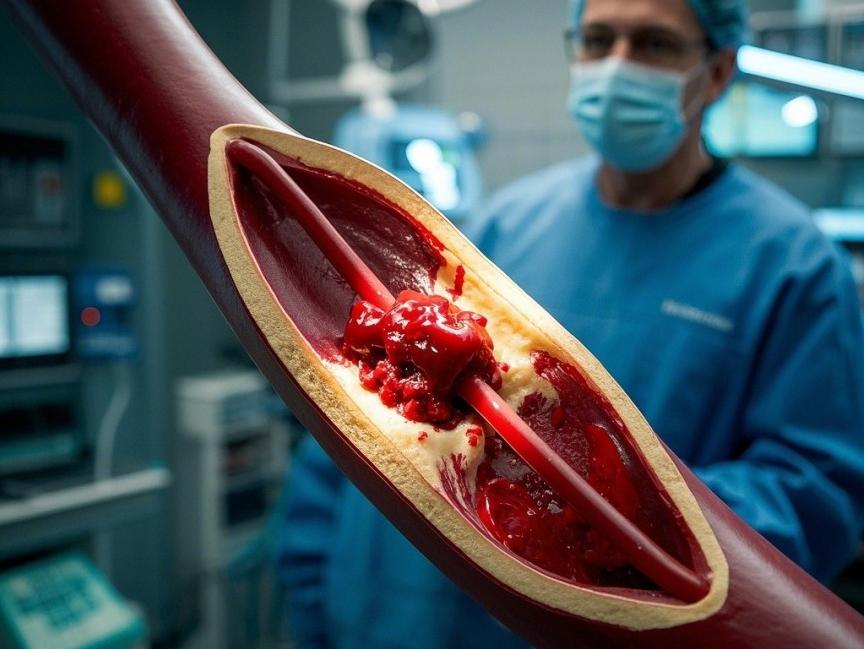
3.3 Liver protection and antioxidant function
Most studies on the antioxidant properties of artichoke concentrate on leaf extracts. Wang et al. [22–23] evaluated the antioxidant capacity of polyphenolic compounds isolated from artichoke using the DPPH radical scavenging assay. They found that the antioxidant capacity of polyphenolic compounds is mainly determined by the number of hydroxyl groups on the aromatic ring, and the more hydroxyl groups, the stronger the antioxidant capacity. In addition, the presence of a second hydroxyl group in the ortho or para position also increases its antioxidant capacity.
Antonio et al. [24] studied the antioxidant effects of artichoke by measuring the ability of artichoke extract to scavenge DPPH, reduce ferric iron ions (FRAP), and inhibit the oxidation of human low-density lipoprotein (LDL) catalyzed by Cu in vitro. The results showed that 1 g of dried artichoke extract had EC50 values for DPPH and FRAP of 29.2 mg and 62.6 mg VC, respectively, and 77.9 mg and 159 mg VE, respectively, and had a good effect on preventing oxidation of low-density lipoprotein.
Gibhardt [25] conducted an in vitro antioxidant test on rat liver cells and the results showed that an aqueous extract of 0.001 mg/ml could reduce the content of MDA, while not affecting the level of glutathione (GSH) in liver cells, and instead reducing the loss of GSH and the loss of GSSG. This indicates that artichoke extract has a strong antioxidant effect. It is therefore inferred that the antioxidant effect of the extract is the main reason for its hepatoprotective and liver regeneration effects.
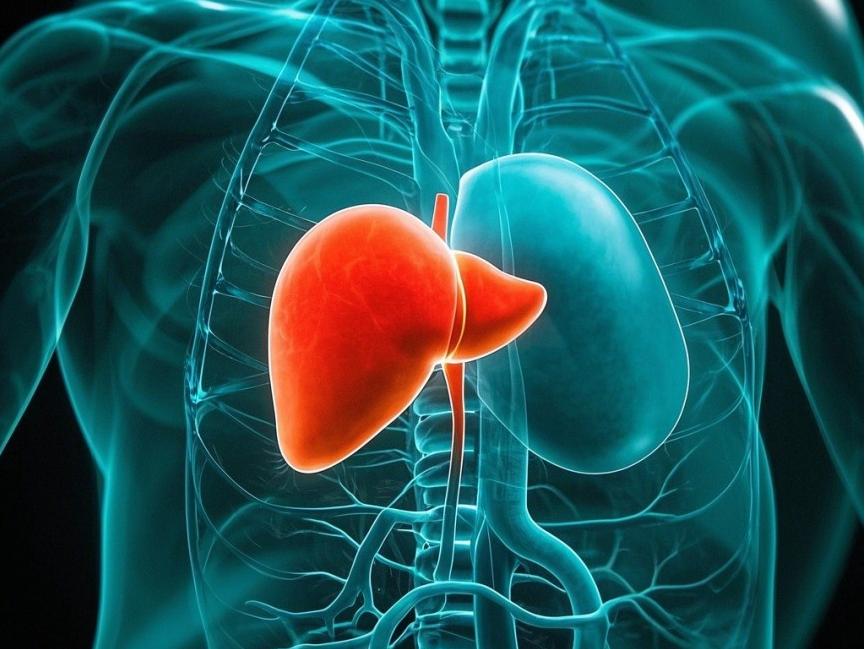
3.4 Antimicrobial effect
Zhu et al. [26] studied the antimicrobial activity of artichoke leaf extracts in chloroform, ethyl acetate and n-butanol, and found that the n-butanol extract had the strongest antibacterial activity against 7 species of bacillus, 4 species of yeast and 4 species of mold. The antimicrobial activity of the butanol extract was determined using high-performance liquid chromatography and electrospray ionization mass spectrometry. Four caffeic acid derivatives and four flavonoids were isolated from the butanol extract. Among them, chlorogenic acid, artichoke acid, luteolin-7-rutinoside and cynarin have relatively high antimicrobial activity. Antifungal activity is stronger than antibacterial activity, and the minimum inhibitory concentration is 50~200 μg/ml.
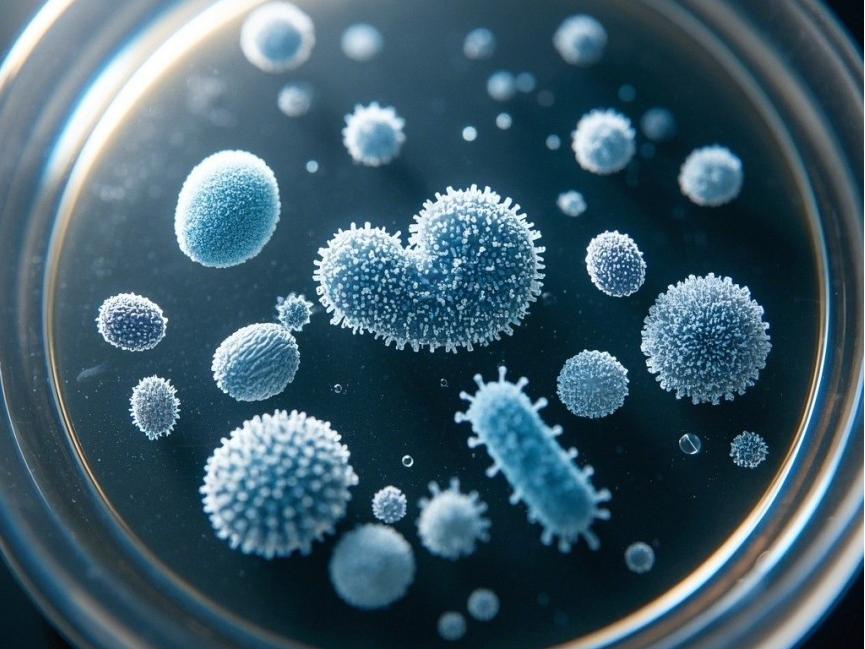
3.5 Other functions
Artichoke leaf extract, and in particular the flavonoids it contains, can regulate the gene expression of NO enzymes in human epithelial cells and promote the synthesis of NO, thereby preventing the occurrence of cardiovascular disease [27]. Cynarin contained in artichoke has antispasmodic effects [9]. In addition, artichoke can also improve bowel movement, promote contraction of the intestinal wall, and enable faster transport of substances in the intestine, thereby preventing constipation.
4 Current development status and prospects of artichoke research in China
Artichoke is currently at the primary processing stage in China. As a production base for raw materials and primary processed products, China exports canned artichokes and supplies a very small amount to the domestic market for fresh consumption. However, abroad, more research and development is being done on health functional products and herbal medicines using the functional ingredients of artichoke leaves. Some domestic enterprises have already recognized the development prospects of artichokes and are actively contacting research institutes or collaborating with universities to develop related products, such as artichoke leaf bagged tea. Yunnan Yingzhiyuan Agricultural Science and Technology Development Co., Ltd. has declared a number of patented technologies for the extraction and processing of artichokes, including artichoke leaf green juice series drinks, green juice wine production technology, leaf extract technology and tea preparation. Many companies in Hunan, Shaanxi, Zhejiang and other places are engaged in the extraction of compounds such as polyphenols from artichokes, and can provide several different specifications of extracts with a polyphenol content of more than 5% (UV detection). At present, artichoke extracts are mostly extracted with water as the extracting agent, and the content of polyphenols in the product is relatively low.
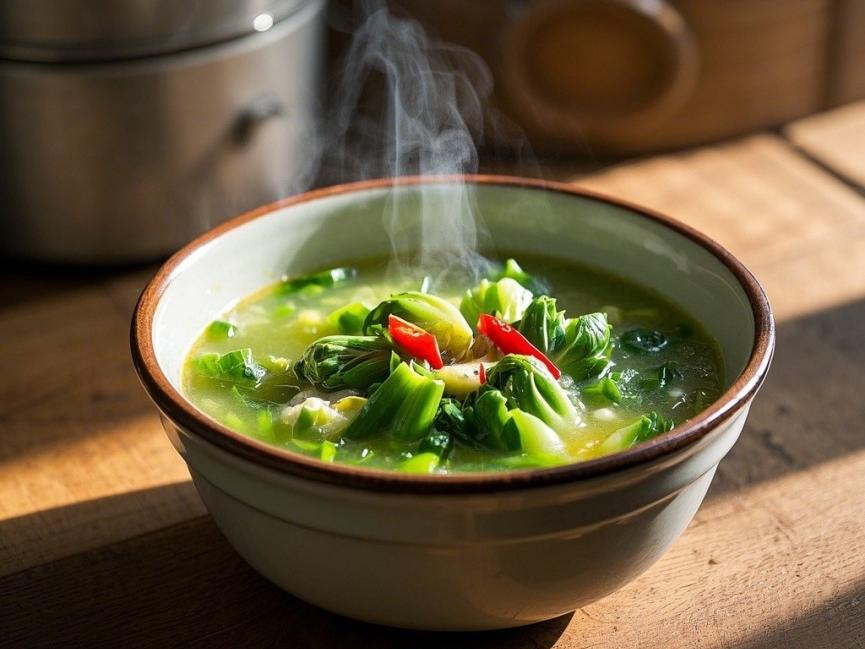
As can be seen, artichoke, as a new type of vegetable, is gradually being accepted by some processing enterprises in China, and research and development of the deep processing of corresponding by-products of artichoke has begun. Artichoke leaves can be used in wine-making, tea-making, and extracts can be used as food additives, feed additives, antioxidants, health foods and even medicines because they are rich in polyphenolic compounds and have significant physiological functions. It is predicted that the area of land planted with artichokes in China may reach 6,667 hectares within the next 3 to 5 years. Compared to artichoke buds, by-products such as artichoke leaves have broad prospects for application in processing and other fields due to their unique disease prevention and health care benefits.
References
[1] Jiang Shumin. Development and utilization of artichoke and its cultivation [J]. Chinese Vegetables, 1987 (3): 44-45.
[2] Zhang Boping, He Yongnian, Gu Sanjun, et al. Artichoke cultivation techniques [J]. Shandong Agricultural Science, 1989(6): 45-46.
[3] Zhang Xue-cai, Shi Li-cong, Zhang Zuo-huan, et al. Preliminary report on the introduction and cultivation of artichoke [J]. China Vegetables, 1994(3): 12-13.
[4] Han Jia-yi, Yuan Wei, Han Shu. Introduction and development of famous and high-quality western vegetables artichoke [J]. Yunnan Agricultural Science and Technology, 1995(5): 17.
[5] Dong Qiong, Hu Zhenming. Preliminary report on the introduction of artichokes in Golmud [J]. Qinghai Agriculture and Forestry Science and Technology, 2007(3): 73-74.
[6] Chen Xiaoying. A new variety of processed cauliflower—artichoke [J]. Taiwan Agricultural Exploration, 1987(1): 29-31.
[7] Xiong Jie, Xu Jicang. Determination of chlorogenic acid content in artichoke by RP-HPLC [J]. Yunnan Chemical Industry, 2004(6): 39-41.
[8] Shao Min, Zhang Jun, Cheng Shaonan. Study on the adsorption performance of macroporous adsorption resin for polyphenolic compounds in artichoke stems and leaves [J]. Food Science and Technology, 2007(7): 151-154.
[9] Ferran S R, Olga J, Rosa M L R, et al. Indentification of phenolic compounds in artichoke waste by high performance liquid chromatography- tandem mass spectrometry[J]. Journal of Chromatography A, 2003, 1 008 : 57- 72.
[10] Katrin S, Dietmar K. Identification and quantification of caffeoylquinic acids and flavonoids from artichoke (Cynara scolymus L.) heads, juice, and pomace by HPLC-DAD-ESI/MSn[J]. J Agric Food Chem, 2004, 52 : 4 090- 4 096.
[11] Mulinacci N, Prucher D. Commercial and laboratory extracts from artichoke leaves:estimation of caffeoyl esters and flavonoidic compounds content[J]. Journal of Pharmaceutical and Biomedical Analysis,2004, 34: 349- 357.
[12] Katrin S, Markus P, Reinhold C, et al. Characterization and quantification of anthocyanins in selected artichoke (Cynara scolymus L.) cultivars by HPLC-DAD-ESI-MSn [J].Anal Bioanal Chem,2006, 384 : 1 511- 1 517.
[13] Hiroshi S, Kiyofumi N.Anti-hyperlipidemic sesquiterpenes and New sesquiterpene glycosides from the leaves of artichoke (Cynara scolymus L.) : structure requirement and mode of action [J]. Bioorganic& Medicinal Chemistry Letters, 2003, 13: 223- 228.
[14] Feranda E, Fabiane E. Antispasmodc activity of fractions and cynaropicrin from cymara scolymus on guinea-pig ileumcymara scolymus.Biol Pharm Bull, 2005, 28( 5) : 902- 904.
[15] Katrin S, Erna M, Reinhold C. Separation and quantification of inulin in selected artichoke (Cynara scolymus L.) cultivars and dandelion performance anion exchange chromatography with pulsed amperometric detection [J]. Biomed Chromatogr 2006, 13:843- 846
[16] Fintelmann V.Antidyspeptic and lipid lowering effect of artichoke leaf extract[J].Zeitschrift fur Allgemeinmedizine 1996, 72s: 3- 19.
[17] Kirchoff, Beckers R. Increase of choleresis by means of artichoke extract[J].Phytomedicine, 1994 (1) : 107- 115.
[18] Kraft K. Artichoke leaf extract- recent findings reflecting effects on lipid metabolism, liver, and gastrointestinal tracts[J]. Phytomedicine 1997, 4(4) : 369- 378.
[19] Gebhardt R. Inhibition of cholesterol biosynthesis in HepG2 cells by artichoke extracts if reinforced by glucosidase pretreatment[J]. Phytoterapy Research, 2002, 16: 368- 372.
[20] Rodrguez S, Garcia G T, de la Puerta V R. Choleretic activity and biliary elimination of lipids and bile acid induced by an artichoke leaf extract in rats.Phytomedicine, 2002, 9: 687- 693.
[21] Gebhardt R. Inhibition of cholesterol biosyntheis in primary cultured rat hepatocytes by artichoke (Cynara scolymus L.) extracts[J].The Journal of Pharmacology and Experimental Therapeutics, 1998, 286 : 1 122- 1 128.
[22] Wang W, Li J, Rangarajan M. Antioxidative phenolic compounds from sage ( Salvia officinalis) .J[J]. Agric Food Chem, 1998, 46: 4 869- 4 873.
[23] Wang M, Shao Y, Li J. Antioxidative phenolic glycosides from sage ( Salvia officinalis) [J].J. Nat Prod, 1999, 62 :454- 456.
[24] Antonio J E, Lars O D. In Vitro Antichoke Activities of Edible Artichoke (Cynara Scolymus L.) and Effect on Biomarkers of Antioxidants in Rats[J]. Agricultural and food chemistry, 2003, 51 : 5 540- 5 545.
[25] Gibhardt R. Antioxidative and properties of extracts from leaves of artichoke (Cynara scolymus L.) against hydroperoxide- induced oxidative stress in cultured rat hepatocytes[J]. Toxicol Appl Pharmacol, 1997, 144 :279- 286
[26] Zhu XF, Zhang HX, Raymond L O. Phenolic compounds from the leaf extract of artichoke (Cynara scolymus L.) and their antimicrobial activities[J]. Agricultural and Food Chemistry, 2004, 52 : 7 272- 7 278.
[27] Li HG, Ning X. Flavonoids from artichoke (Cynara scolymus L.)up- regulate endothelial- type nitricoxide synthase gene expression in human endothelial cells [J]. The Journal ofPharmacology and Experimental Therapeutics, 2004, 310: 926- 932.


 English
English French
French Spanish
Spanish Russian
Russian Korean
Korean Japanese
Japanese